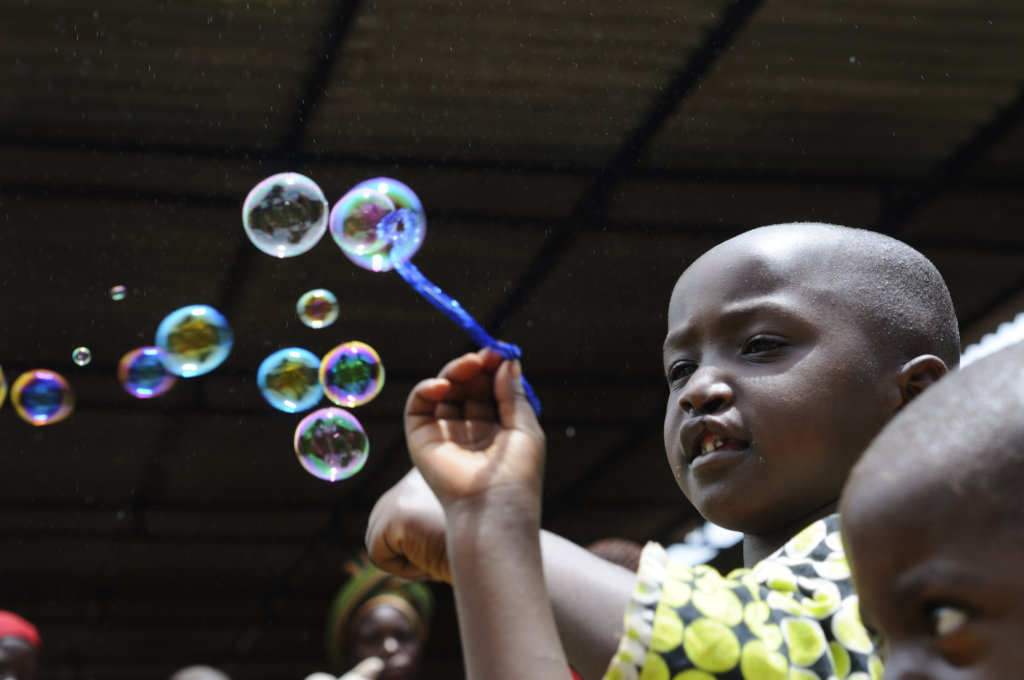By Nnenna Okoturo | CEO
We are still moving slowly but surely, waiting for the big moment! In May 2019 we will launch our first initiative - Awareness of Cleft Lip problem in Children. However, this is not just an awareness we plan to perform at least 10 same day surgeries to be administered by our partners Smile Train NGO.
Today we have started a launch to search for these young candidates and our role is to assess their physical ability to withstand a same day surgery. We will provide nourishment where needed to get them ready for this big change in their lives. We are so excited! This is not an easy task, as the stigma surrounding this can be enormous and we must go with great compassion and sensitivity to the families involve. We will get there we will succeed!
What is Cleft Lip?
Globally, 1 in every 700 children are born with a cleft lip and/or palate. Clefts are the leading birth defect in many developing countries. A cleft occurs when certain body parts and structures do not
fuse together during fetal development. Clefts can involve the lip and/or the roof of the mouth,
which is made up of both hard and soft palate. In developing countries, the vast majority of children with clefts will never receive the reconstructive surgery they need.
How common are clefts?
There are varying opinions on the actual incidence of clefts, but most experts agree that, in part, it
depends on ethnicity. Some experts say that the highest cleft incidences are amongst Asians (approximately 1 in 500 births). Caucasians have an average incidence of 1 in 700 births and individuals of African descent have the lowest incidence of approximately 1 in 1,200 births.
What are the causes of cleft lip and palate?
No one knows exactly, but most experts agree that the causes of cleft lip and/or palate are multifactorial and may include a genetic predisposition as well as environmental issues such as drug and alcohol use, smoking, maternal illness, infections, or lack of Vitamin B, also known as folic acid. In most cases, it is not known what has caused a cleft lip and/or palate, but research is ongoing to better understand the condition.
What does it mean to be a child with an untreated cleft in a developing country?
Children with untreated clefts not only live in isolation, but also face physical difficulties with eating, breathing, hearing, and speaking. As a result, most of these children don't attend school or ever hold a job.
Can clefts be treated?
Reconstructive surgery for clefts has evolved over more than half a century, and today’s techniques and procedures have come a long way. The surgery today is simple and the transformation is immediate. Patients see their smile for the first time, parents cry tears of joy, and lives and communities are changed forever.
Your continuous donations will help acheive this cause - Thank you!
Project reports on GlobalGiving are posted directly to globalgiving.org by Project Leaders as they are completed, generally every 3-4 months. To protect the integrity of these documents, GlobalGiving does not alter them; therefore you may find some language or formatting issues.
If you donate to this project or have donated to this project, you can receive an email when this project posts a report. You can also subscribe for reports without donating.
